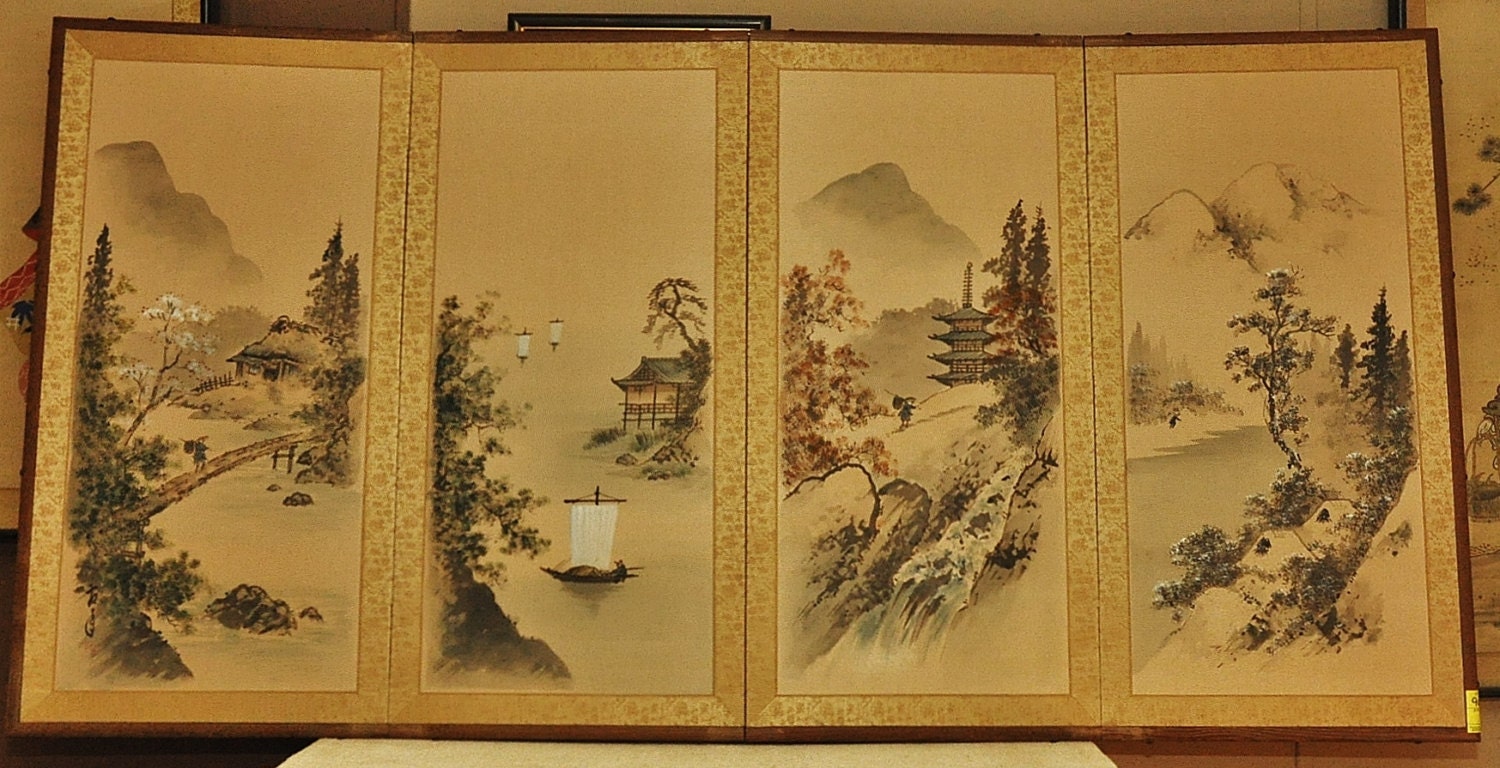

driven by the rapid penetration of modern retail. The industry is supported by a demand that is based, to cite only two factors of absolute importance, on the enormous number of students who work on printed textbooks and, on the packaging side, on the constant development of the demand for packaged goods. The importance of printing in China is due to historical, cultural and social reasons, in addition to the political choices that, here more than elsewhere, guide the evolution of the economy and that lie behind the scientific development of this “Greater Bay Area”. Two hundred thousand visitors from all over the world Merely three editions old (the fourth will be held from April 9th to 13th ), Print China takes place in the Guangdong region which, along with Guangdong itself (known as Canton to westerners), also features Hong Kong and Macao, together with Shenzhen and countless other key Chinese manufacturing centers. It is no coincidence, therefore, that the powerful industry entrepreneurs association Peiac, which organizes the two biggest printing and converting fairs not only in China but in all of Asia – China Print in Beijing and Print China in Dongguan – have organized the latter event in its current location. Despite the considerable slowdown in growth, which until recently was around 6-7%, it is all the same a sector that generates enormous value in the country’s overall economy, and which sees a large concentration of companies to the south, where it constitutes a true and proper district on whose development the government of the country has invested great resources in structures and infrastructures. Now in its fourth edition, the younger sister of China Print (the first Chinese printing and converting fair, which takes place every four years in Beijing, also organized by Peiac) is growing steadily, and this year fields over 1200 international exhibitors covering over 140 thousand square meters.Īccording to official statistics, in China in 2016 there were about 101 thousand printers that generated a gross turnover of 1.15 trillion Chinese Yuan (renminbi), with an annual growth of 2.7%. The same amount of setup is required for one t-shirt as it is for 1,000 of them, so it’s ideal for bulk orders.Dongguan, April 9-13, 2019.Because of the density of the inks used, screen printed shirts have been known to maintain their vibrancy for years. Images on screen printed t shirts last very long.Once the screen has been made, the printing process is actually quicker than alternative print procedures. T-shirt printing is dominant over other methods in terms of cumulative speed and efficiency.The screen printing technique produces bold, rich colors.While it does take time to prepare t shirts for printing, the pros are plentiful. Today, screen printing for custom t-shirts continues to be the most common technique, claiming the title of the most traditional, while being contemporary as well. In the 1960s, pop artist icons like Andy Warhol used screen printing as an integral element of their art forms, establishing the method and popularizing it as a medium for creating contemporary art. They coined the term serigraphy, which is a combination of Latin (seri, meaning silk) and Greek (graphos, meaning to write). New York, 1938 - a group of artists began experimenting with screen printing as an artistic medium to put onto paper.


 0 kommentar(er)
0 kommentar(er)
